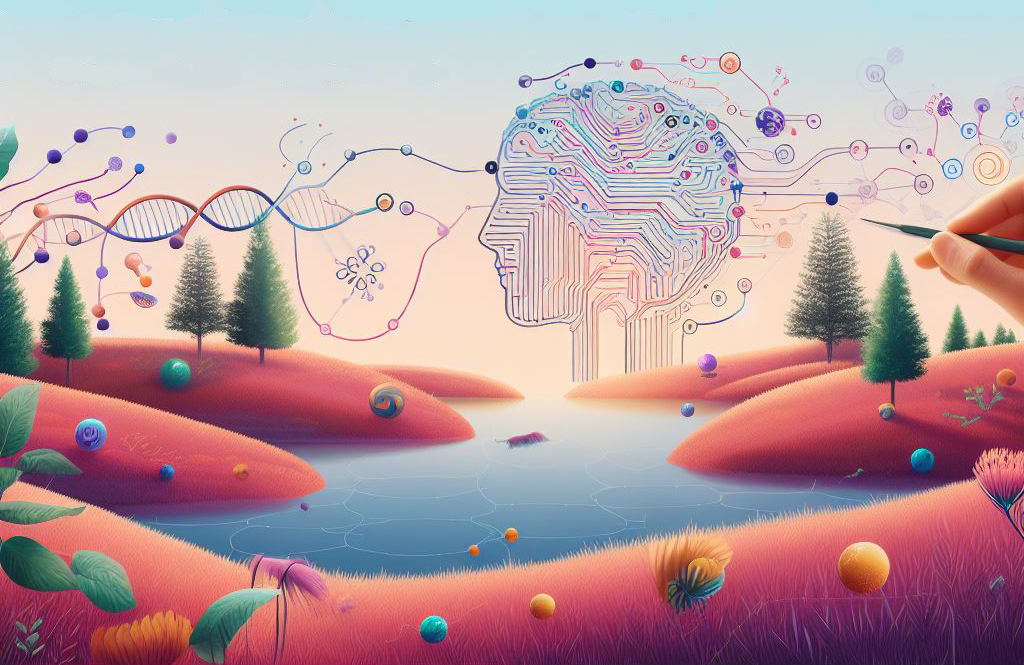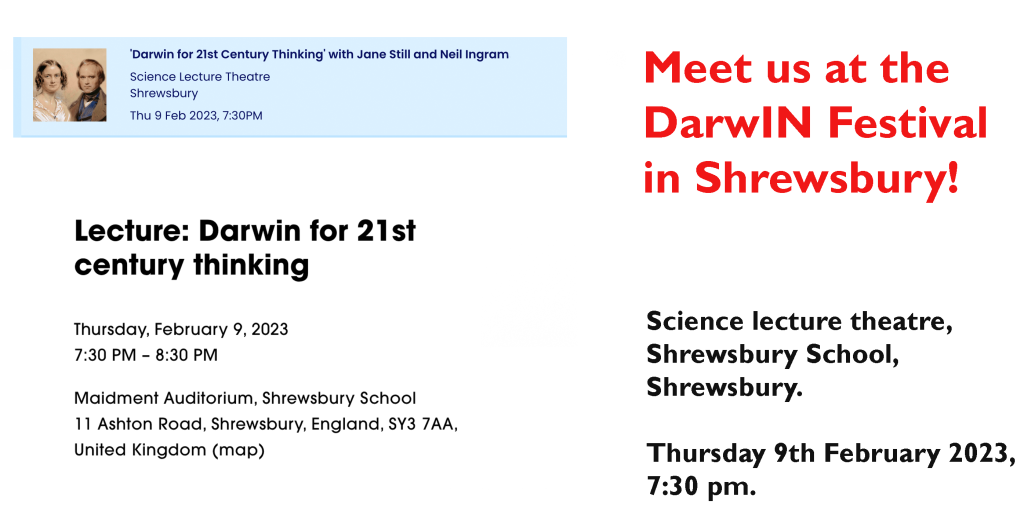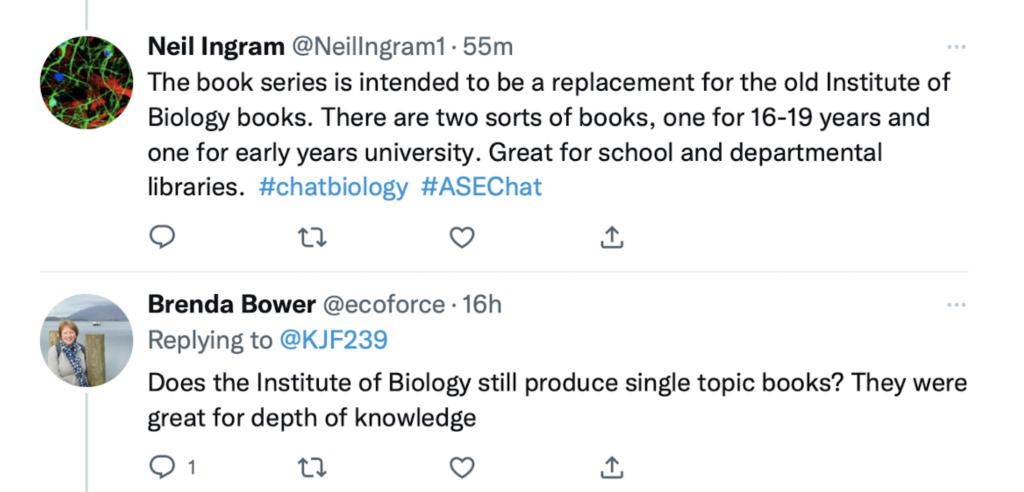
This is the blog of Neil Ingram and reflects a variety of my interests over the years. As a biology teacher, university academic, examiner and author.
I have been deeply interested in the use of IT in schools when Windows 3.0 came out in May 1990.
About ten years ago, I was invited to be part of the Hewlett Packard Catalyst initiative and I developed a model about how school pedagogy could work in the Web 3.0 world. Some of this has been published, but quite a lot has not.
The development of Artificial Intelligence systems is generating the same levels of excitement as Windows 3.0. As the CEO of Microsoft said, “It feels like the 1990s again!“.
I have developed an introduction to the thinking:
Pedagogy AI is a roadmap for the pedagogy of a lesson using AI with students.
This is based on the ideas in a series of ten linked posts, called Teaching and learning with AI. Part one is here.
To show you round the rest of the site:
Stories from Nowhere was a lockdown project, trying to use stories to bring important ideas into middle years biology lessons. It is built on observations in a wood and work we were doing on a 16-19 curriculum framework for the Royal Society of Biology
Exploring the epigenetic landscape is a microsite about how genes interact with the environment and uses the ideas of Conrad (Hall) Waddington.
The home page contains a mixture of posts relating a university course I ran on genetics, society and education.
There are also posts on Evolution relate to a book I co-authored for Oxford University Press.
The title “tools for clear thinking” is based on a book by Conrad (Hal) Waddington, whose ideas run through every article on this site. The cover image was designed by Dall-E3, and the prompt included Waddington’s term “epigenetic landscape. I was delighted that its rendering resembled the original conception by the painter John Piper.






